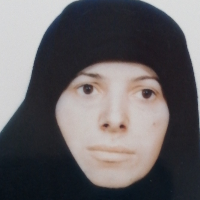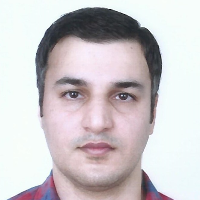Spatial analysis of urban poverty in urban spaces (case study: Noorabad city)
Increased urbanization has led to urban poverty. In developing countries, rapid urban growth is typically greater than the capacity of local governments in providing services and infrastructure. This leads to an increase in urban poverty and inequality within the city. In recent decades, due to the significant concentration of poverty in the city, discussions and conversations about the causes and consequences of poverty have become prevalent with a renewed importance.The city of Noorabad has witnessed the formation of slum areas in some urban spaces, due to the rapid population growth over the past decades and the inability to provide proper services and facilities to citizens. In order to plan and reintegrate the situation of the poor, initially, the location and spatial distribution of poverty must be exactly identified in the city. Then with careful planning, this challenging urban problem may be solved.
The research method is based on descriptive-analytic approaches and detailed data were obtained at the level of statistical blocks of Noorabad city in 2011. Also some relevant information collected from secondary studies were used. First, the 32 indicators of urban poverty are un-scaled with fuzzy method in Excel and then, by combining the indicators, the combined indexes of urban poverty were extracted. For spatial analysis of the integrated urban poverty index, several spatial cluster analysis models such as spatial Moran spatial, local Moran statistics, hot spots, profile graphs and trend analysis in ArcGIS software were used.
The results of multi-distance spatial cluster analysis and Moran spatial autocorrelation show that amounts of the combined index of urban poverty with clustered pattern is distributed in Noorabad city. Based on the results of local Moran and hotspot methods, poverty clusters are concentrated in the northern parts of the city and rich clusters are in the southern parts. Also, based on the combined index of urban poverty, 51 percent of the population of the city are poor and very poor, and 31 percent of its population are rich and very rich, and 18 percent of its population are located in the middle income areas. Based on the profile of the combined index of urban poverty, the west and south of the city are considered to be the prosperous area and the eastern and northern parts of the city are deprived zones. The trend analysis of the combined index of urban poverty also showed that the trend in the data of the combined index of urban poverty in the east-west direction and in the north-south direction has increased significantly.
Poverty is one of the socially undesirable phenomenon that planners and policymakers are always seeking to reduce. The success of poverty alleviation programs depend on the exact identification of the phenomenon of poverty and its indicators. Urban areas are very diverse and there are significant differences in different regions and in particular urban areas. Hence, measuring urban poverty is also important in urban areas. In this research, by using available tools in Arc GIS, spatial analysis of urban poverty in the city Noorabad was performed. The results of the analyzing patterns show that the combined indexes of urban poverty have been distributed with cluster patterns across the city. According to the results of the mapped clusters, poverty clusters are concentrated in northern parts of city and rich clusters in the southern parts. Also, based on the zoning the combined index of urban poverty, 51 percent of the population of the city are poor and very poor. According to the results, it can be stated that the results of this study are based on the clustering pattern of urban poverty distribution corresponding with the results of most researches presented in the study, including Gio et al (2018), Nikpour et al (2019), Nikpour and Hasanalizadeh (2018), Farhadikhah et al (2017), Rustai et al (2016), and Movahed et al (2016).
- حق عضویت دریافتی صرف حمایت از نشریات عضو و نگهداری، تکمیل و توسعه مگیران میشود.
- پرداخت حق اشتراک و دانلود مقالات اجازه بازنشر آن در سایر رسانههای چاپی و دیجیتال را به کاربر نمیدهد.




